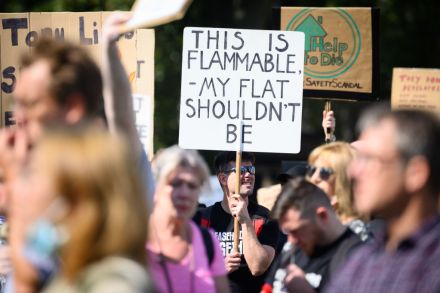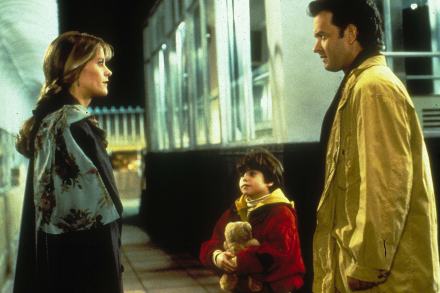Why developers deserve to pay for the cladding crisis
In recent months, Michael Gove has been upsetting not only the house-building industry but its defenders, too. The Levelling-up Secretary has been accused of ‘blackmail’ by online newspaper Cap X, which compared his actions to ‘Putin’s Russia or Erdogan’s Turkey’. The Telegraph mocked him up on a wrecking ball Miley Cyrus-style, and several trade press articles have accused him of ‘declaring war’ on the industry. The reason? Gove has ordered housing developers to pay for ‘life safety’ remediation measures on blocks they built, which have been found to have serious fire safety defects in the aftermath of the 2017 Grenfell Tower fire – regardless of whether they were to blame




















